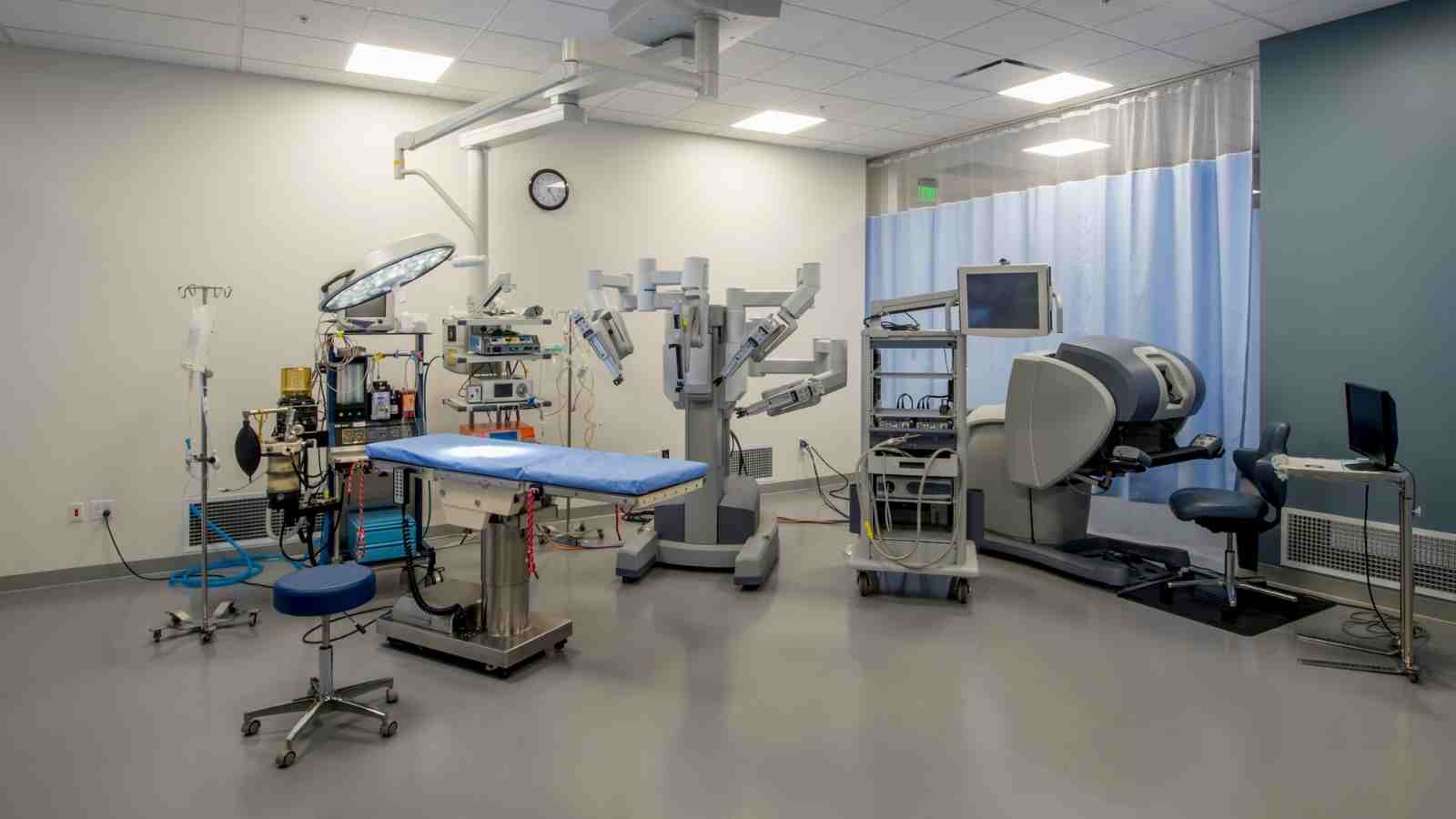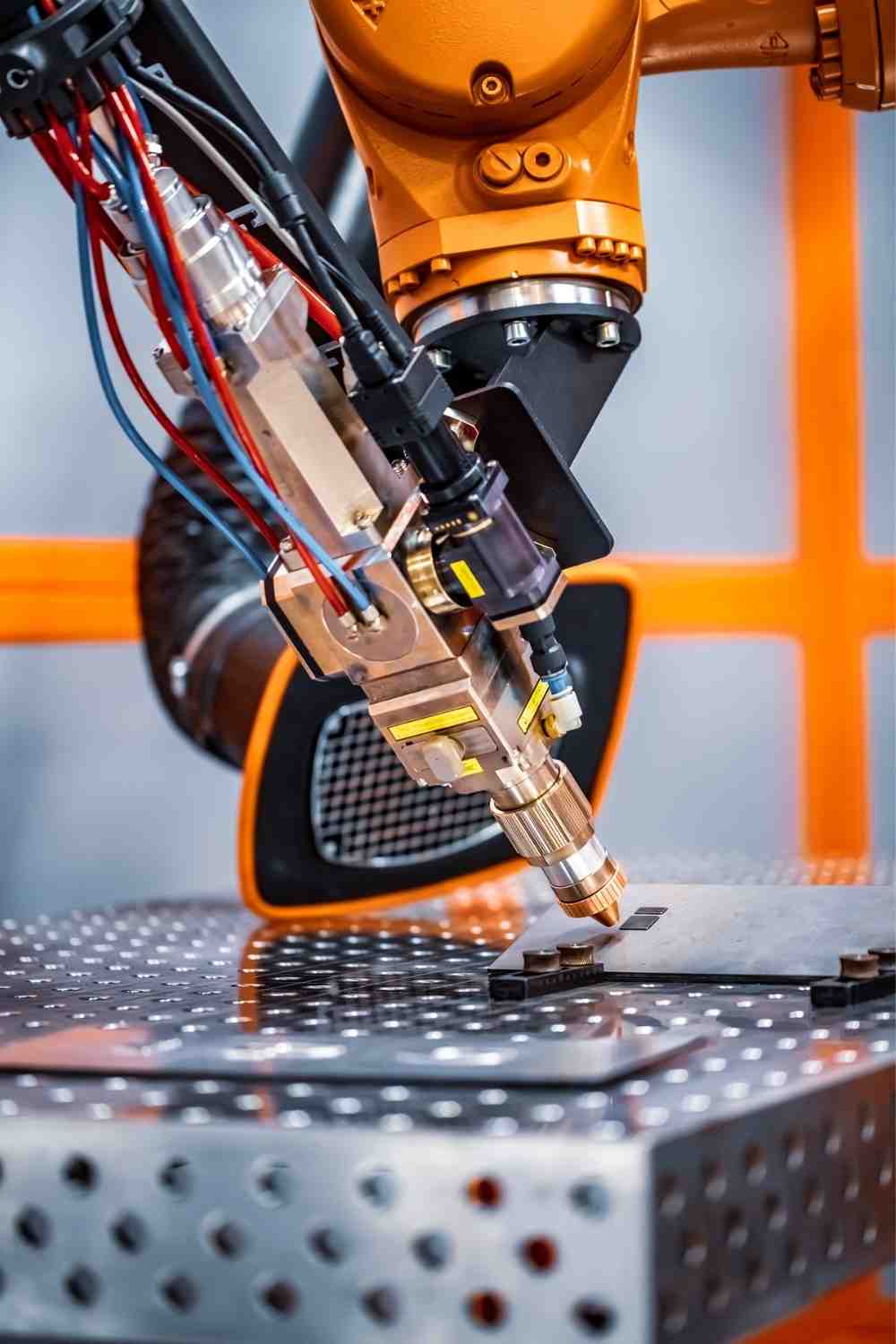Surgical Robots are precise, dexterous robotic systems that allow for quick and easy procedures. These robotic surgery tools can cover operations by themselves in more serious procedures.
In the future, these robotic surgery tools can take over operating rooms. This list will show you the main types of surgical robots in action in Hospitals today.

Da Vinci System
The Da Vinci robot allows surgeons to do minimally invasive procedures. These types of surgery leave patients with small incisions and a quick recovery period.
These teleoperated robots are used most for abdominal surgeries. A surgeon controls the robot's four arms. These robot arms have a greater range of motion than a human hand.
The control system magnifies the set view of the procedure. It then translates the surgeon's hand movements into smaller, more precise actions.
Scientists at UC Berkeley are studying ways to help improve the actions and allow for fully autonomous procedures.
The TSolution One
THNK surgical's TSolution one is an orthopedic surgical robot. It can make minute cuts through the bone at precise and accurate angles.
Surgeons can use software to plan out incisions based on 3D models and CT Scans. Once a surgeon marks it out, the robot then executes the plan. It can triangulate and intuitively find these incision points.
The clean customer cuts can give the replacement artificial joints exact alignment and stability.
Medrobotics' Flex Robotics System
Flex's Robotics System can travel down a patient's throat. This can allow surgeons to reach minimally invasive regions of the body. It can also have more control over inaccessible regions.

At the correct portion, Flex stiffens, allowing Surgeons to add tools for the operation. This can allow a great coexistence between the robotic tools and the surgeon's touch.
Restoration Robotics' ARTAS
ARTAS performs hair graft surgeries autonomously. The robotics system identifies and harvests the best hair follicles. It then removes the hair follicles and makes tiny incisions for hair transplants.
Surgeons can view the operation via a monitor. This monitoring can allow them to observe the process in action.
Accuray's CyberKnife
CyberKnife's Accuray can deliver a series of high-power radiation beams from any angle. It can target this beam to a specific location.
This means the beam can reach tumors located in areas that were known previously to be inoperable. This includes areas like the spine, the brain, and the lungs.
Surgeons can map out the operation from CT Scans and data collection. The system, through automation, can adjust its course during the course of the procedure.
In real-time, it can correct its direction, making up for patient movement. The movement of the lungs and can push the target off-course. The robotic system corrects this angle at every moment. It also avoids radiation to important bits of tissue.
Surgical Robots
The movements of the surgical robots can allow for utmost accuracy. The coexistence of surgeons and robotics systems can allow for procedures that were previously known as impossible.
Through more scientific experimentation, surgical robots will become more accurate in their incisions and operations. In the future, we will see fully autonomous robots in operations.
Follow our blog for more information on the future of robotic system's surgical procedures.




